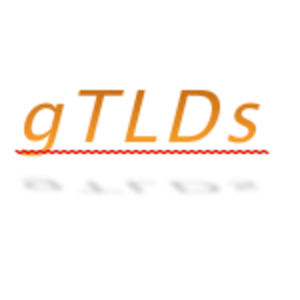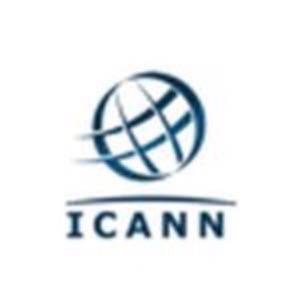Many of the new generic top-level domains (gTLDs) that are about to start appearing on the Internet will go to large, well-known entities trying to stake out their online real estate with an “.amex” or a “.heinz.” But the new domains are also opening up opportunities for startups – including Donuts Inc. – to crash the exclusive club of domain registry organizations.

Donuts, a Bellevue, Wash.-based startup, will likely be the registry service for quite a few of the new gTLDs. Of the 1,930 applications for gTLDs received by the Internet Corporation for Assigned Names and Numbers (ICANN), 307 (15.9%) came from one of the 307 wholly owned Donuts subsidiaries. Of those, just under half (151) appear to be uncontested by other applicants.

The new gTLDs, also known as strings, are part of a program conceptualized by ICANN in 2007 to supplement the existing 22 top-level domains. In January of this year, ICANN opened up the application process to submit new gTLDs, which requires each applicant to specify exactly how and why they plan to use them.
gTLDs are not new: The original seven gTLDs (.com, .net, .org, .int, .gov, .mil and .edu) were established in the 1980s, prior to the Internet moving into the general public domain. .int is reserved for international organizations, and .gov, .mil and .edu are restricted to U.S.-based government, military and educational organizations. The remaining three (.com, .org and .net) are regarded as open domains, each managed by a registry organization.
Donuts Wants to Be Like VeriSign
In the case of .com and .net, those domains are managed by VeriSign, while .org is managed solely by the Public Interest Registry. These are the kinds of organizations Donuts and the other applicants for the new gTLDs want to become.
Registries are different from registrars like Network Solutions and Go Daddy, which sell or lease second-level domains to public and private entities on various open TLDs. (“ReadWriteWeb” is the second-level domain and “.com” is the top-level domain, for example.)
Donuts’ bid for these gTLDs is not cheap: ICANN is asking for a $186,000 fee for a 10-year license to manage each gTLD. If Donuts managed to get all of its requested domains, that would add up to $57.1 million. Just the uncontested domains would be about $28.1 million. But that’s all good with Donuts – the 2010 startup was put together by its four co-founders with exactly this business model in mind: Get as many new gTLDs as it can and let the registry fees roll in from the registrars. The startup has raised $100 million in venture capital money, according to EVP and co-founder Jon Nevett.
Open vs. Closed gTLDs
Nevett revealed that he wasn’t surprised that Donuts had the largest number of applications. When he and his company learned that there were just over 1,900 applications in, they knew they would be up there on the list.
“We were surprised that Amazon and Google applied for so many,” Nevett added. The two corporations applied for 76 and 101 gTLDs respectively, many of them as closed domains. This would mean that, if awarded to Amazon or Google, then only they would be the registrants within these gTLDs (though Google does plan to open at least one gTLD, .FREE, to the general public if it gets it).
When asked if ICANN’s selection process would take the openness of a domain name into account, Nevett said many factors were in play.

“In this round, ICANN will be agnostic,” Nevett said, as the organization filters applicants based on technical qualifications. During the 60-day public comment period that we are in now, ICANN’s Government Advisory Committee will give the government members of ICAN a chance to voice their concerns, which might prevent some gTLDs from being awarded for closed purposes, Nevett speculated.
Most gTLDs of trademark names, he added, were almost sure to go to their respective applicants.
Organizations that missed out on this first round of applications will have another chance. ICANN is committed to another round of gTLD applications sometime in the future, though the timing is unknown.










